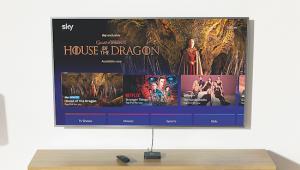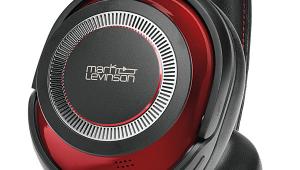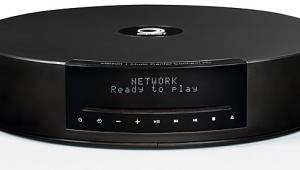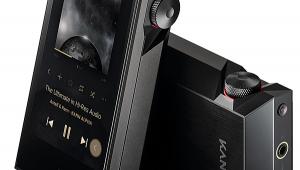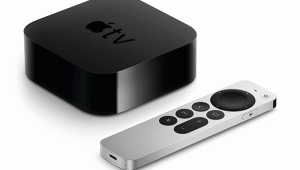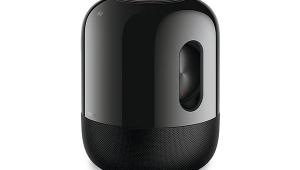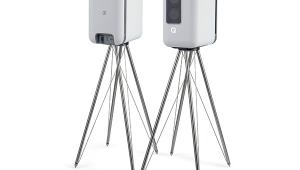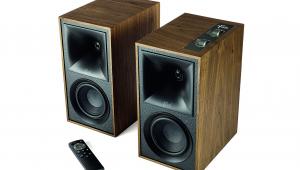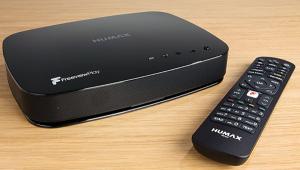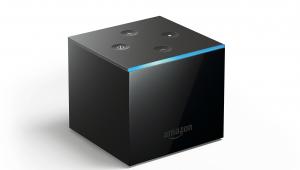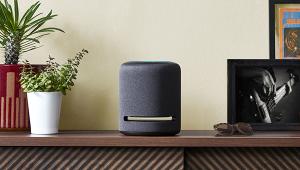Screen Innovations Black Diamond Zero Edge projector screen review
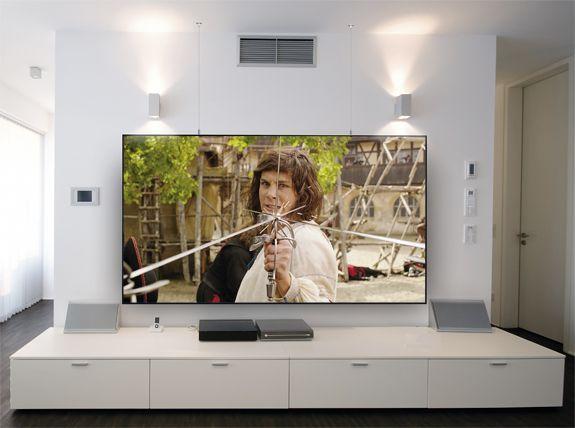
 If you’re reading this magazine, chances are you love a big screen. In fact, for some of you, even ‘big’ won’t cut it. You want MASSIVE. This would be fine, were it not for the fact that going truly massive where video screens are concerned means either spending a fortune on a king-sized plasma TV (such as Panasonic’s extraordinary 103-incher), or else trying to accommodate a projection system.
If you’re reading this magazine, chances are you love a big screen. In fact, for some of you, even ‘big’ won’t cut it. You want MASSIVE. This would be fine, were it not for the fact that going truly massive where video screens are concerned means either spending a fortune on a king-sized plasma TV (such as Panasonic’s extraordinary 103-incher), or else trying to accommodate a projection system.
The latter approach is massively more affordable, but demands that you a) find somewhere to hang a big and quite often ugly screen, and b) either convert a spare room into a dedicated home cinema, or live with your everyday living room in perpetual darkness.
Cue the Black Diamond Zero Edge from Screen Innovations. This clever, startlingly effective product uses a patented – and fiercely guarded! – ‘layered’ construction to produce a contrast-rich projection screen surface genuinely watchable in daylight conditions. What’s more, in place of the chunky frame found around most projection screens, the Zero Edge lives up to its name by sporting barely 1cm of frame. It’s also barely 1cm deep, meaning the impact on your room is remarkably small for a product which ranges between 80in and 142in diagonally.
Zero to heroYou can, suggests Screen Innovations, even make a fashion statement out of your Zero Edge by hanging it via ‘flying’ wire mounts. Though don’t imagine from this that the Zero Edge is light; in fact, while not as heavy as an 80in+ flatpanel, its rigid aluminium ‘backplate’ introduces some serious heft. On the upside, of course, this backplate also ensures the screen can’t bend or warp away from the perfect flatness that’s so necessary for a home cinema projection screen.
The fabric finish on the Zero Edge comes in three flavours depending on your needs. There’s a 0.8 gain finish for relatively low-lit rooms, the likely most popular 1.4 gain for fairly typical living conditions, and a high 2.7 gain version for very bright environments. The latter option is also recommended if you’re a heavy watcher of 3D.
The ‘trick’ of the Black Diamond screen is essentially that it’s multi-layer structure enables it to better focus the light that hits it from the projector. Try using it in a room with light walls and you will notice that the reflections cast off onto the wall are enormously reduced compared with normal screens, which tend to ‘scatter’ the light that hits them. In other words, with Black Diamond screens, far more of the projector’s light is fired straight back at you, producing a level of intensity that scarcely seems possible at times.
In fact, the latest generation Black Diamond fabric on the Zero Edge is even more potent with its reflectivity than previous iterations, as well as being watchable from wider viewing angles before the image’s brightness consistency deteriorates.
The result of all the Zero Edge’s innovations is that it delivered an engaging image with all of my test room’s lights on – even with some fairly cheap and cheerful projectors. Even with daylight streaming in it served an image of surprising dynamism, colour richness and black level response – sticking two fingers firmly up at the usual laws of projection physics.
To be fair, a plasma screen could deliver brighter, punchier images still. But considering that a Zero Edge costs a mere fraction of what a similarly sized plasma TV would set you back, its results are more than good enough.
Hit the lights!Don’t think from all this that Screen Innovations’ Zero Edge is only good in bright rooms. My tests proved that it also functions well in darkened environments, with contrast levels and colour response both remaining very impressive.
There is a catch during low-light viewing, however, in the form of a slight ‘glistening’ effect over the image. The impact of this can be reduced significantly by lowering the brightness output of your projector, but it might make the Zero Edge problematic for AV enthusiasts wanting to use the screen mostly in darkened conditions. But then the Black Diamond Zero Edge really isn’t designed for those sorts of users anyway.
The Zero Edge also struggles if an ambient light source – especially sunlight – hits it from the same direction as the projector’s light beam. So try to avoid this with your room set up if at all possible.
The final flaw I found with the Zero Edge was a noticeable ‘hot spot’ – a section of the central top portion of the image that looked more sparkly than the rest – if I used it with particularly bright projectors, like SIM2’s Nero. But again, this can generally be avoided by calming the projector’s brightness.
Utterly uniqueIn fact, provided you work within the limits of the Black Diamond Zero Edge’s cutting edge ‘technology’, and provided its design and light-focusing properties suit your lifestyle needs, then this is an utterly unique, elegantly constructed and genuinely inspired solution to one of home projection’s most intractable problems – and it doesn’t cost the earth, either.
HCC VERDICT
Screen Innovations Black Diamond Zero Edge
www.screeninnovations.com
Price: From £3,000
Highs: Gorgeous, minimalist, rigid design; produces watchable pictures in most ambient light conditions;
Lows: Very bright projectors can cause a ‘hot spot’; minor viewing angle issues; slightly sparkly image possible when using it in the dark
Performance: 4/5
Design: 5/5
Features: 4/5
Overall: 4/5
Specifications
Available sizes: Custom-made from 80in to 142in diagonal
Gain options: 2.7 (Silver); 1.4 (Black); 0.8 (Black)
Features: 1cm-wide bezel; 1cm-deep screen depth; mounting options include recessed (unframed); flush-to; projected off the wall; ‘flying’ from cables
 |
Home Cinema Choice #351 is on sale now, featuring: Samsung S95D flagship OLED TV; Ascendo loudspeakers; Pioneer VSA-LX805 AV receiver; UST projector roundup; 2024’s summer movies; Conan 4K; and more
|


